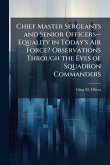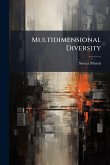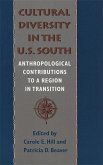The Air Force (AF) recently decided to close several Reserve Officer Training Corps (ROTC) detachments across the United States. The reason given was to consolidate assets to better address the growing demand of manpower for detachments with growing enrollment. However, no mention was given to address the fact that detachments with low enrollment in recent years had historically produced the most minority AF officers from various backgrounds. The Air Force has made diversity one of the cornerstones to building a quality AF in the future, focusing on acquiring qualified new officers with many skill sets, primarily graduating with technical degrees. AF ROTC is one of the military's key mechanisms to acquire officers candidates from the cross culture of American society. Because the officer corps in the military is small compared to the enlisted corps, it is important to ensure a wide net is cast to offer as many potential, qualified candidates the opportunity at the college level. This will ensure a diverse and strong officer corps as other filters are introduced to enlist officers in targets fields. This work has been selected by scholars as being culturally important, and is part of the knowledge base of civilization as we know it. This work was reproduced from the original artifact, and remains as true to the original work as possible. Therefore, you will see the original copyright references, library stamps (as most of these works have been housed in our most important libraries around the world), and other notations in the work. This work is in the public domain in the United States of America, and possibly other nations. Within the United States, you may freely copy and distribute this work, as no entity (individual or corporate) has a copyright on the body of the work. As a reproduction of a historical artifact, this work may contain missing or blurred pages, poor pictures, errant marks, etc. Scholars believe, and we concur, that this work is important enough to be preserved, reproduced, and made generally available to the public. We appreciate your support of the preservation process, and thank you for being an important part of keeping this knowledge alive and relevant.
Bitte wählen Sie Ihr Anliegen aus.
Rechnungen
Retourenschein anfordern
Bestellstatus
Storno








